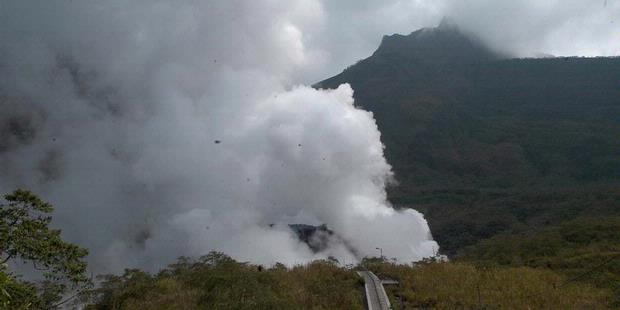 Disaster recovery planning involves having policies, process and procedures that are related to being ready to recover and ensure business continuity in regards to technological infrastructure that an organisation runs on, in the unfortunate event of a disaster whether man made or natural. This is a key component involving all aspects of a business, mainly the technology aspects that support a business and all the material data.
Disaster recovery planning involves having policies, process and procedures that are related to being ready to recover and ensure business continuity in regards to technological infrastructure that an organisation runs on, in the unfortunate event of a disaster whether man made or natural. This is a key component involving all aspects of a business, mainly the technology aspects that support a business and all the material data.
Natural disasters include floods, earthquakes, tornadoes or hurricanes. Man-made disasters on the other hand are those that involve human interventions like hazardous material spills, infrastructural or power failure, virus attacks or acts of terrorism. It is therefore inevitable to plan and be prepared in the case of a disaster even though it is hard to avoid or foresee these unfortunate events.
Measures that organisations undertake to ensure data safety in the case of a disaster include:
- Preventive measures aimed at preventing a disaster from occurring. For example security checks may help reduce chances of a terrorist attack. Surge protectors and power supply units in case of power interruptions on delicate equipment.
- Detective measures aim at detecting and discovering some of the unwanted events, such as use of surveillance cameras, fire detectors and antivirus software.
- Corrective measures aim at restoration of the business processes, systems and data recovery after a disaster occurs.
With effective business continuity plans, companies are able to ensure that their key functions and essential services continue operating in case of a disaster and at the earliest time possible. Developing the plan can be time consuming but the benefits heavily outweigh the costs should a disaster occur.
When doing disaster recovery planning, companies need to take into consideration both long term and short term interruptions, especially those organisations that operate 24 hours.
The data an organisation has been accumulated over the years of operations and is the lifeline of the business, some businesses can grind to a halt until an interruption is fixed or restored, it is therefore important that a data recovery system is implemented and have a backup system in place to ensure data safety.
The disaster recovery plan is the map a company follows in case of a disaster. If a disaster recovery plan is not in place and business technology infrastructure is affected, it would not come as a surprise if the business closes down, forever.
There are several steps to follow when planning for business continuity, they include:
- Analysis,
- Design,
- Implementation,
- Testing,
- Acceptance
- Maintenance
The recovery plan includes business infrastructure like power sources, security and environmental systems. It is a priority to protect data that cannot be replaced. Some strategies for protecting and ensuring data safety include the following:
a) Use of a system that is able to replicate your data offsite thus enabling access at all times.
b) Backups that are automatically transferred or copied to offsite disks
c) Use of tapes for backup which are then transferred off site regularly.
d) Replicating data to off site locations
However, an organisation can still use outsourced disaster recovery experts instead of their own systems, this helps ensure that your data is professionally managed and can be accessed where need arises. The third party specialists can in some cases provide working space, equipment and the company data to keep your business going off site. Your business might never need to use data recovery plans, but in the unfortunate case it happens, you will be happy that you had planned ahead.

